The animal kingdom is full of wonders that can make even the most jaded among us pause and marvel. From bizarre evolutionary quirks to breathtaking beauty, animals offer up awe-inspiring spectacles of nature’s creativity. Here are 15 of the most fascinating animal species on Earth that are sure to capture your imagination and might rekindle your sense of wonder.
1. Axolotl: The Perpetual Teenager
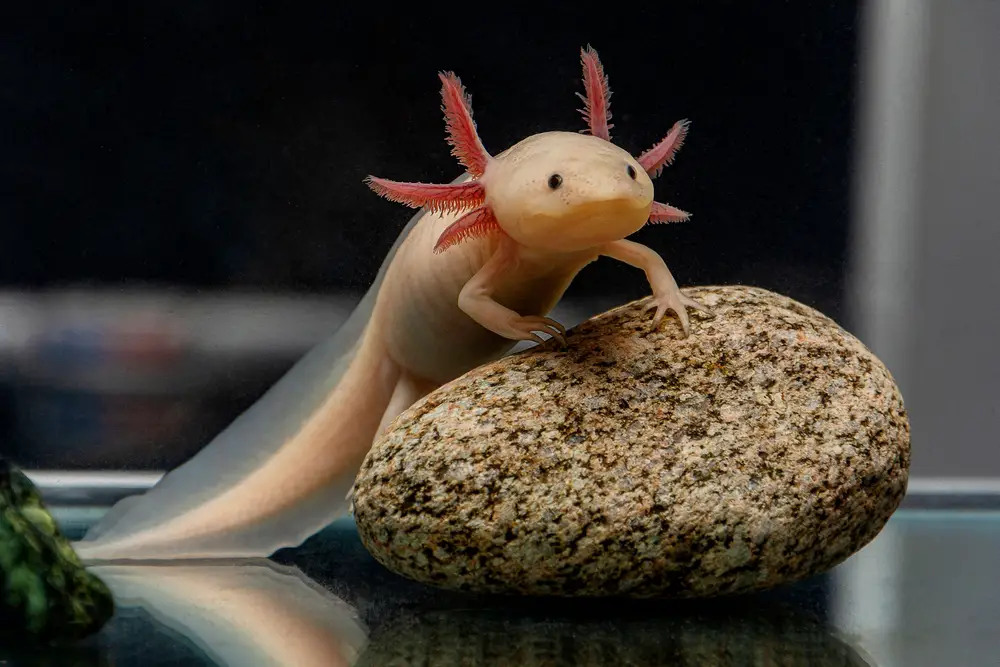
Meet the axolotl, the quirky amphibian that never grows up—and that’s not just a metaphor. Unlike most amphibians that transform from a larval stage to an adult form, axolotls maintain their juvenile traits throughout their lives, a phenomenon known as neoteny. Sporting feathery external gills and a perpetual grin, these salamanders seem to defy the usual rules of growth and development. According to Animal Gator, they are native to the lake complex of Xochimilco near Mexico City, they’re as much a cultural symbol as they are a biological oddity. Despite their adorable appearance, axolotls are fierce predators in their aquatic habitats.
But their cuteness isn’t the only thing drawing interest; it’s their astounding regenerative abilities. Axolotls can regrow entire limbs, parts of their hearts, and even portions of their brains. This regenerative prowess has made them a darling of scientific research, offering insights into potential medical applications for humans. Sadly, wild axolotls are critically endangered due to habitat loss and pollution, making conservation efforts as crucial as they are challenging.
2. Pangolin: The Armored Enigma
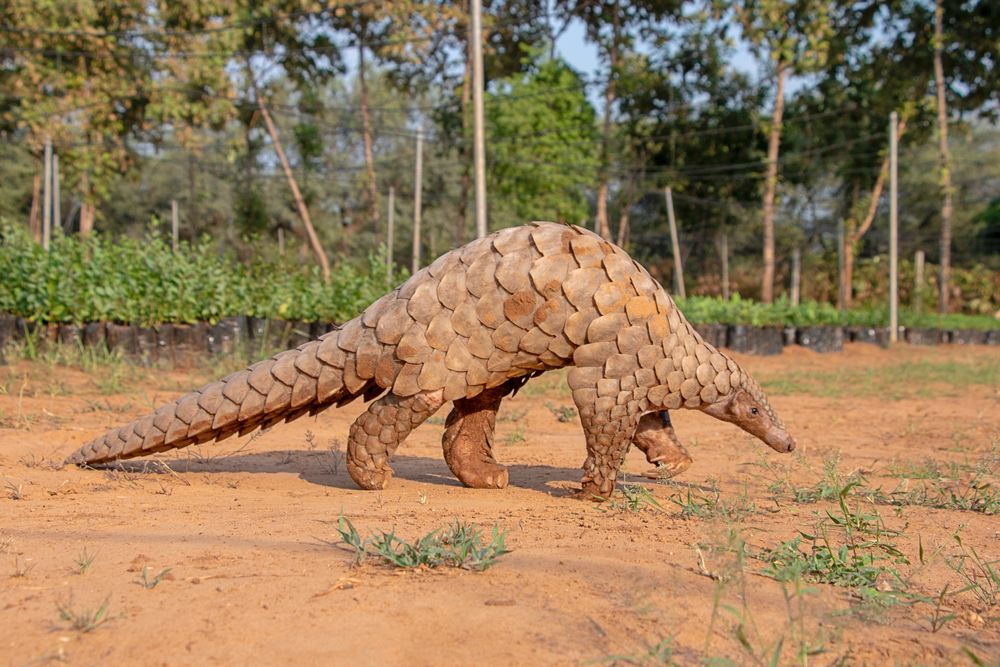
Pangolins look like they strolled straight out of a fantasy novel, complete with scales that resemble medieval armor. These elusive creatures are the only mammals covered in keratin scales, which they use as a defensive mechanism by rolling into a ball when threatened. According to World Wildlife Fund, these creatures are found across parts of Asia and Africa, pangolins are primarily nocturnal and feast on ants and termites using their long, sticky tongues. Their unique biology and behavior make them fascinating subjects of study, but their secretive nature means they are rarely seen.
Unfortunately, pangolins are also the most trafficked animals in the world, hunted for their scales and meat. This illicit trade has pushed many of the eight species of pangolin toward the brink of extinction. Conservationists are racing against time to protect these mysterious creatures, whose survival is as precarious as it is vital to the ecosystems they inhabit. Awareness and protective measures are keys to ensuring that these armored enigmas continue to roam the Earth.
3. Narwhal: The Unicorn of the Sea
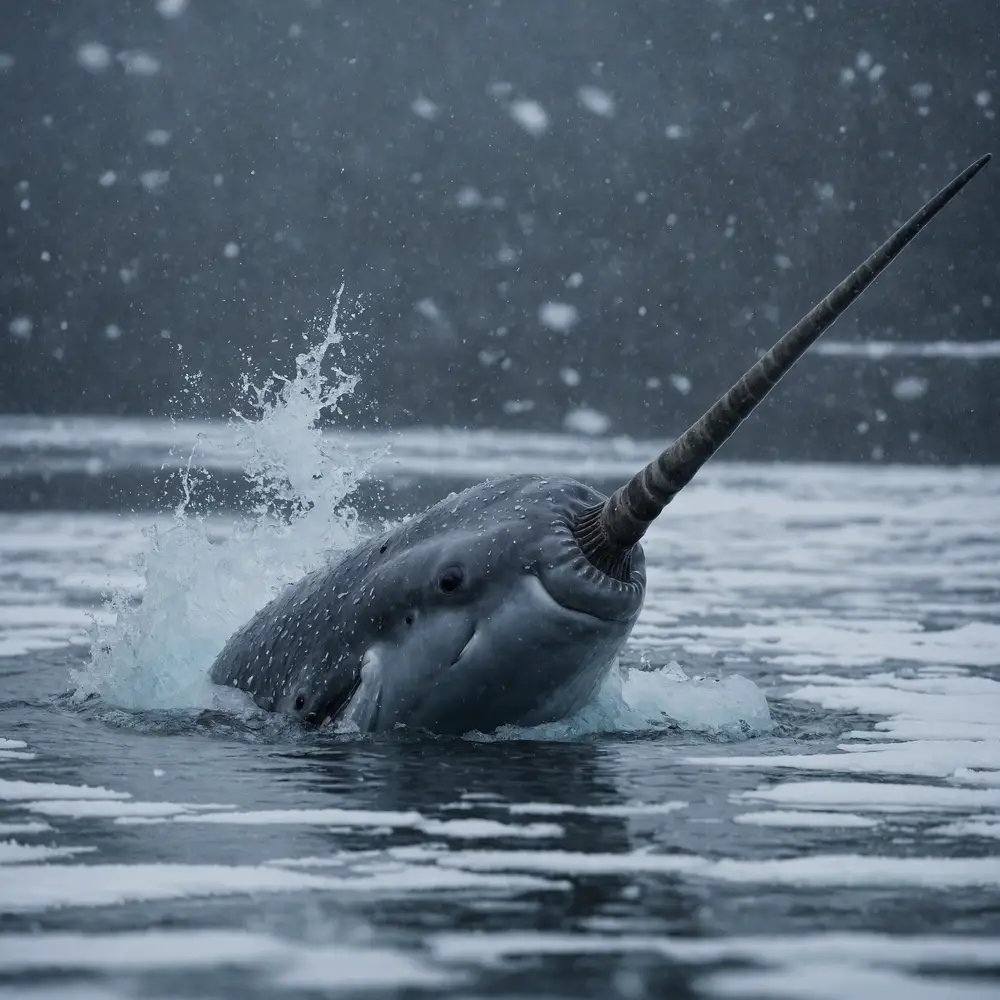
Narwhals are the mythic unicorns of the ocean, only they actually exist. With their spiral tusks that can grow up to 10 feet long, these Arctic whales have fascinated humans for centuries. The tusk is actually an elongated tooth, and while it might look like a weapon, it’s believed to serve various functions, including sensory perception and social interactions. Living in the icy waters of the Arctic, narwhals dive to incredible depths in search of food, primarily consisting of fish, squid, and shrimp.
Despite their formidable habitats, narwhals face threats from climate change, which is altering their icy environments. Their unique tusks have also made them targets for hunters, though many indigenous communities rely on them for subsistence. Narwhals serve as indicators of the health of Arctic ecosystems, and their enigmatic presence reminds us of the delicate balance of life at the poles. Preserving their habitats ensures that we don’t lose these mystical creatures to the pages of folklore.
4. Mantis Shrimp: The Punchy Marine Marvel
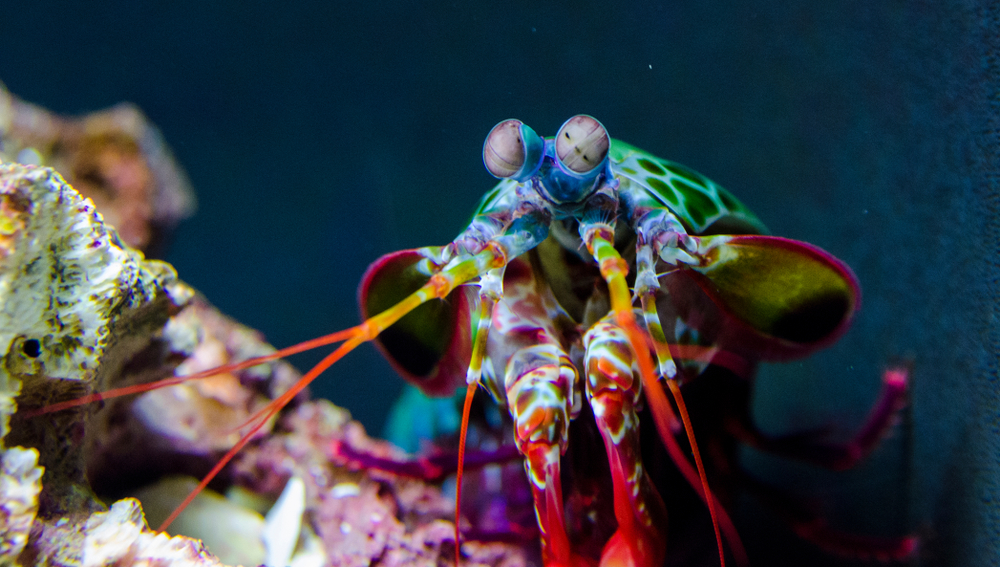
If mantis shrimp aren’t on your radar yet, they absolutely should be. These vibrant marine crustaceans possess some of the most complex eyes in the animal kingdom, capable of seeing polarized light and detecting ten times more color variations than humans. Their vision is just the tip of the iceberg, though. Mantis shrimp are also equipped with incredibly powerful, hammer-like appendages that they use to bludgeon their prey. With the ability to strike with the speed of a bullet, their punches can break aquarium glass and knock unsuspecting prey unconscious.
Mantis shrimp are aggressive, territorial, and fiercely independent, often spending their lives in solitary burrows. Their remarkable vision and formidable weaponry make them both fascinating and formidable, capturing the interest of marine biologists and animal enthusiasts alike. As scientists continue to study their extraordinary physical capabilities, these tiny powerhouses provide insights into advanced optics and biomechanics, proving that big things can indeed come in small packages.
5. Kakapo: The Nightly Parrot
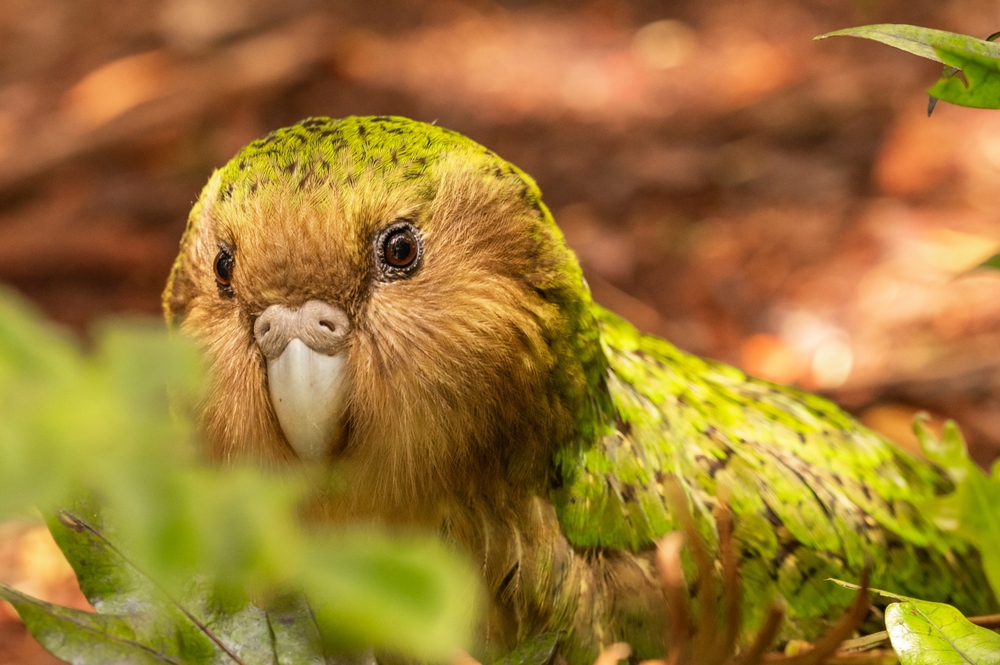
The kakapo is a rare find in the avian world—a nocturnal, flightless parrot. Hailing from New Zealand, these hefty birds can weigh up to 9 pounds and sport vibrant green plumage that helps them blend into the forest floor. While they might be grounded, kakapos are excellent climbers, using their beaks and claws to navigate trees. Their nocturnal habits and booming mating calls make them unique among parrots, and they’ve captured the hearts of conservationists worldwide.
However, kakapos are critically endangered, with only a few hundred individuals left due to habitat destruction and introduced predators. Conservation efforts have made strides in recent years, with dedicated programs working tirelessly to increase their numbers. These charismatic parrots serve as a poignant reminder of the fragility of island ecosystems and the impact of human activities. In saving the kakapo, we’re also preserving a piece of New Zealand’s natural heritage.
6. Tardigrade: The Indestructible Microbe
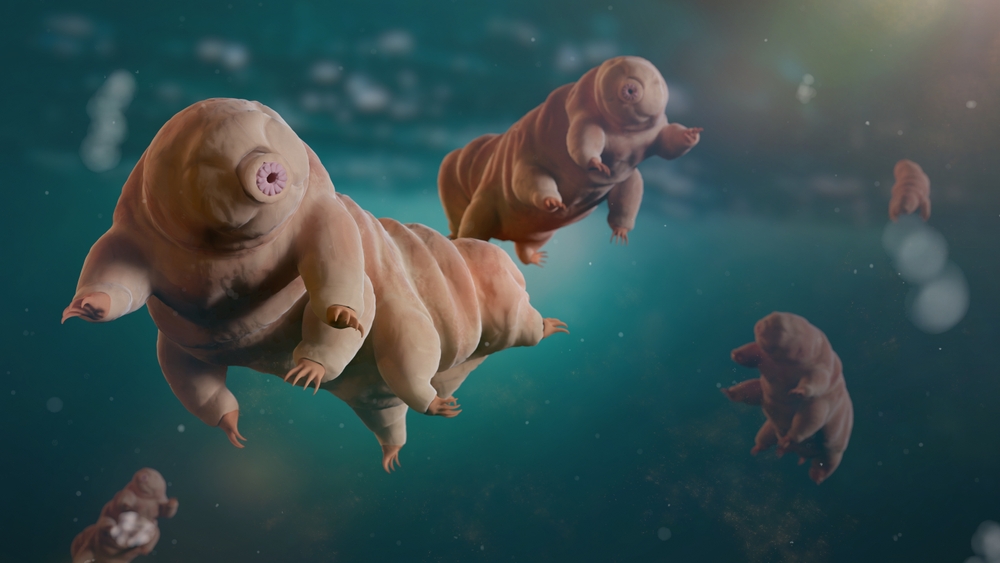
Tardigrades, often called “water bears,” are microscopic creatures that defy the usual constraints of life on Earth. These tiny invertebrates can survive extreme conditions that would obliterate most other forms of life, including intense radiation, the vacuum of space, and temperatures ranging from near absolute zero to over 300 degrees Fahrenheit. With their barrel-shaped bodies and eight legs, tardigrades are virtually indestructible.
Their secret lies in their ability to enter a state called cryptobiosis, where they essentially dry out and suspend their metabolism. In this dormant state, tardigrades can endure conditions that are inhospitable to life, reviving only when they rehydrate. This remarkable resilience has made them a subject of scientific intrigue, offering insights into the possibilities of life beyond Earth. As we explore the limits of life’s adaptability, tardigrades stand as a testament to nature’s ingenuity.
7. Okapi: The Elusive Forest Giraffe
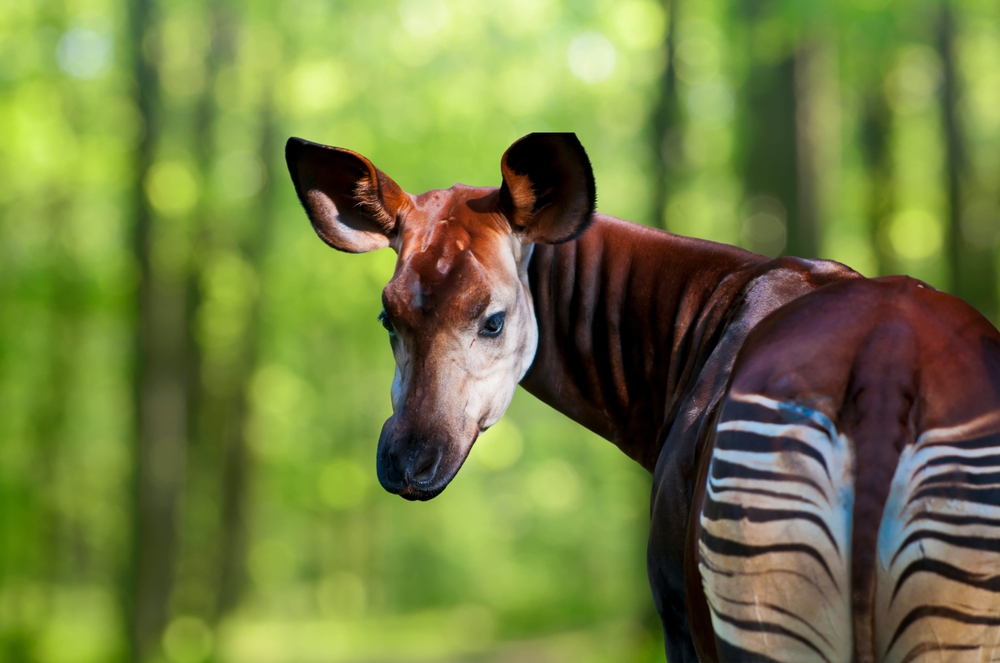
You might think you’re seeing a zebra at first glance, but the okapi is actually the only living relative of the giraffe. With a body resembling a horse and stripes akin to a zebra, the okapi is a striking example of nature’s creativity. These elusive animals reside in the dense rainforests of the Democratic Republic of Congo, where they navigate the underbrush with remarkable agility. Their tongues are long enough to clean their eyes and ears, similar to their towering cousins, the giraffes.
Despite their intriguing appearance, okapis are notoriously difficult to observe in the wild, adding to their mystique. Unfortunately, habitat loss and poaching have placed them on the endangered species list. Conservation efforts are crucial for ensuring that these unique ungulates continue to roam the forests. The okapi’s survival is not only essential for maintaining biodiversity but also for preserving the rich cultural heritage of the region where they are found.
8. Platypus: The Bizarre Beaked Mammal
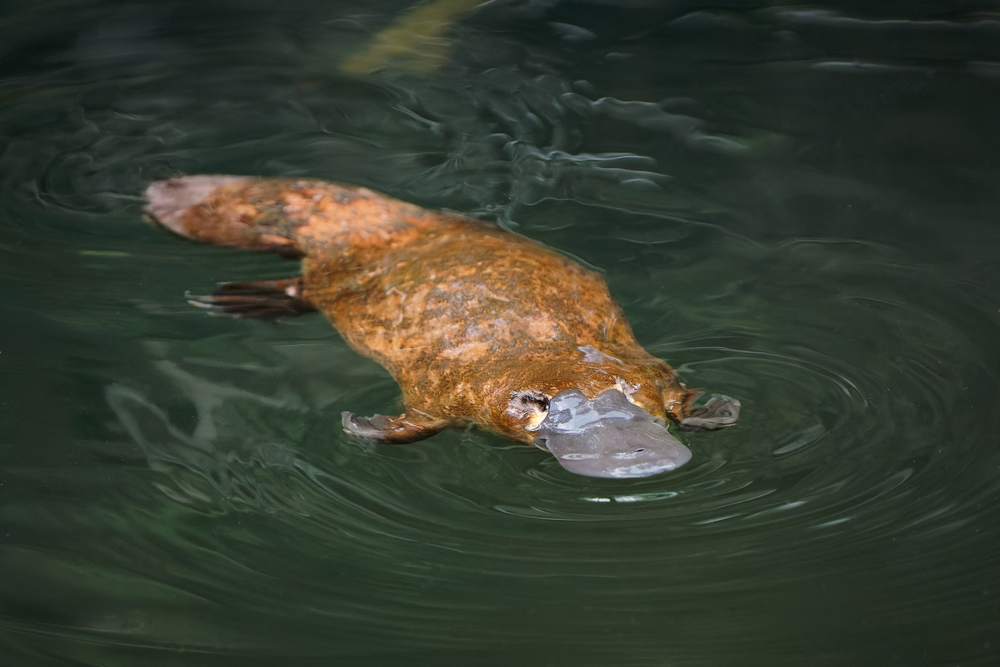
The platypus is nature’s answer to “Why not?” With a duck-bill, webbed feet, and the ability to lay eggs, this Australian oddity challenges the very definition of a mammal. Residing in freshwater systems, platypuses use their bills to detect prey through electroreception, which allows them to sense the electric fields generated by muscle contractions in their prey. Despite their peculiar appearance, platypuses are skilled hunters and adept swimmers.
Adding to their eccentricity is the fact that male platypuses are venomous, possessing spurs on their hind legs capable of delivering a painful sting. These remarkable creatures are a window into the past, as they retain primitive features seen in early mammalian evolution. Conservation efforts are vital for platypuses as they face threats from habitat destruction and climate change. The platypus stands as a living reminder of life’s boundless potential for innovation.
9. Leafcutter Ant: The Industrious Mini Farmers
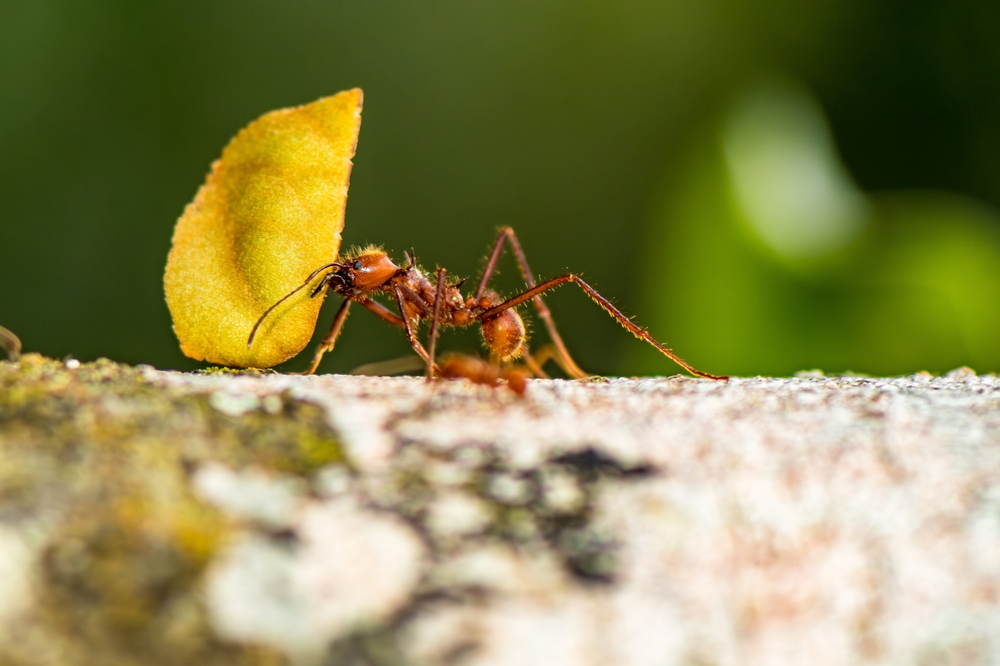
Leafcutter ants might be small, but their ecological impact is anything but. These industrious insects are fascinating for their ability to cultivate fungal gardens, which they tend with the leaves they meticulously cut and transport. Native to the forests of Central and South America, leafcutter ants play a crucial role in their ecosystems by recycling plant material and aerating the soil.
Their complex social structures are a marvel of insect organization, with distinct roles ranging from workers to soldiers to the queen. Each colony operates like a well-oiled machine, with a multitier cast of millions working towards the common goal of sustaining their fungal farms. Their agricultural prowess and social complexity offer insights into both natural resource management and collective behavior. As we study these tiny farmers, they teach us lessons about cooperation and environmental stewardship.
10. Lyrebird: The Mimicry Maestro
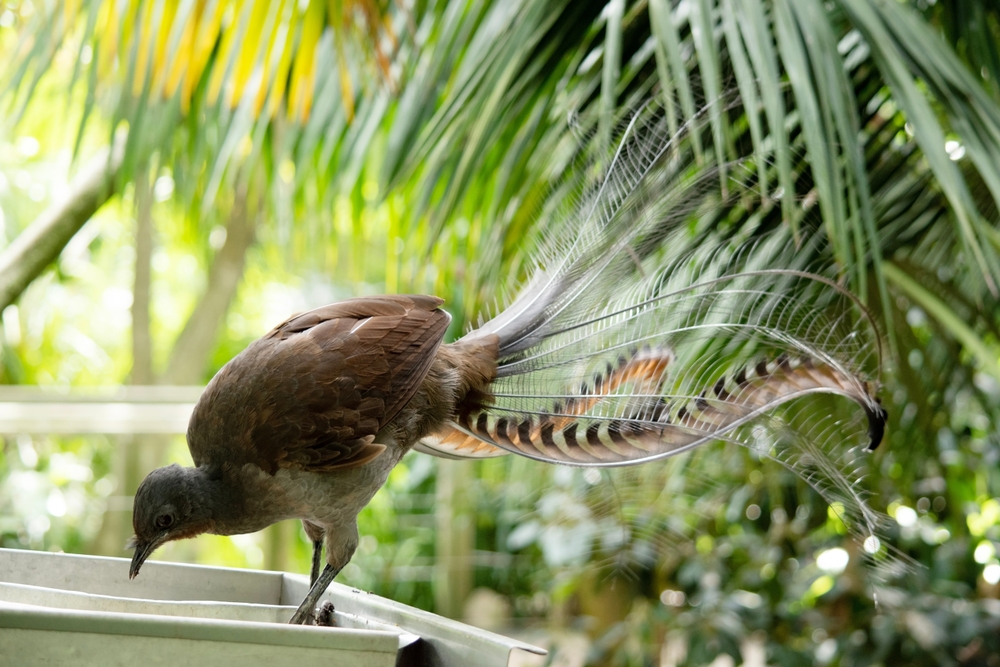
The lyrebird is the virtuoso of the avian world, renowned for its incredible ability to mimic natural and artificial sounds. Native to Australia, these ground-dwelling birds can imitate the calls of other birds, chainsaws, camera shutters, and even car alarms with astonishing accuracy. The males are particularly famous for using their mimicry skills to attract mates, all while displaying their impressive tail feathers.
Beyond their vocal talents, lyrebirds play an important role in their ecosystems by turning over leaf litter as they forage, which aids in decomposition. Their remarkable mimicry not only showcases the diversity of sound in their habitats but also highlights the intricate relationships within ecosystems. Protecting lyrebird habitats ensures that these natural performers continue to dazzle with their unparalleled vocal symphonies.
11. Saiga Antelope: The Survivor of the Steppes
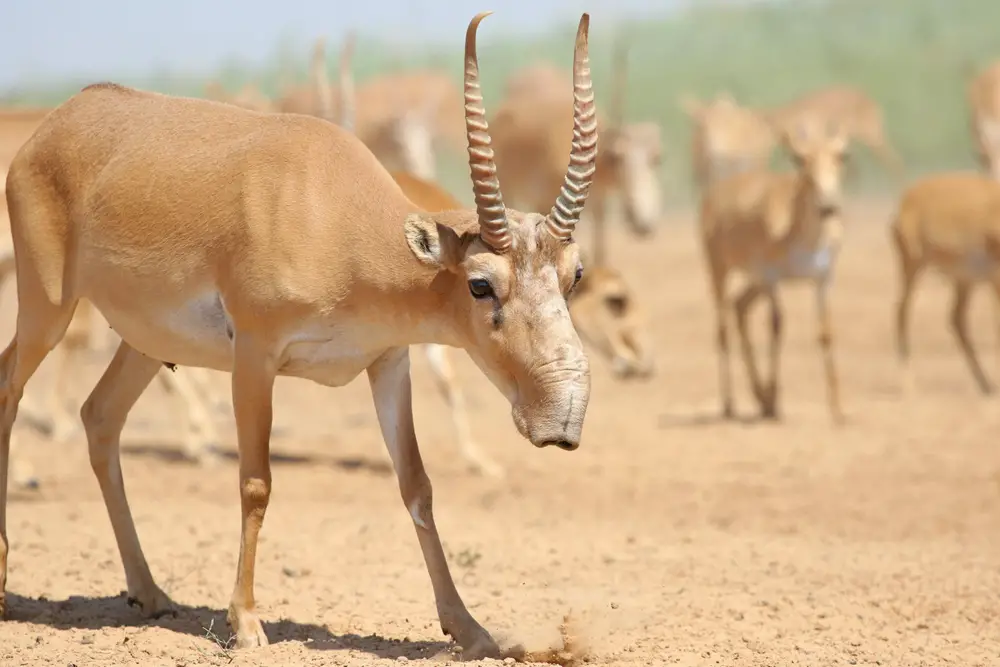
The saiga antelope isn’t just another pretty face—it’s a relic from the Ice Age with a strikingly unusual appearance. Known for their distinctive bulbous noses, these antelopes inhabit the vast steppes and semi-deserts of Central Asia. Their unique nasal structures help filter dust and regulate body temperature, adaptations that are crucial for surviving their harsh environments.
Despite their incredible adaptability, saiga populations have faced catastrophic declines due to illegal hunting and disease. Conservationists are working tirelessly to protect these ancient creatures, which are considered a keystone species in their ecosystems. The survival of the saiga antelope is critical not only for maintaining ecological balance but also for preserving a living link to Europe’s prehistoric past. Their resilience against adversity serves as an inspiration for conservation efforts worldwide.
12. Blue Dragon: The Colorful Sea Slug
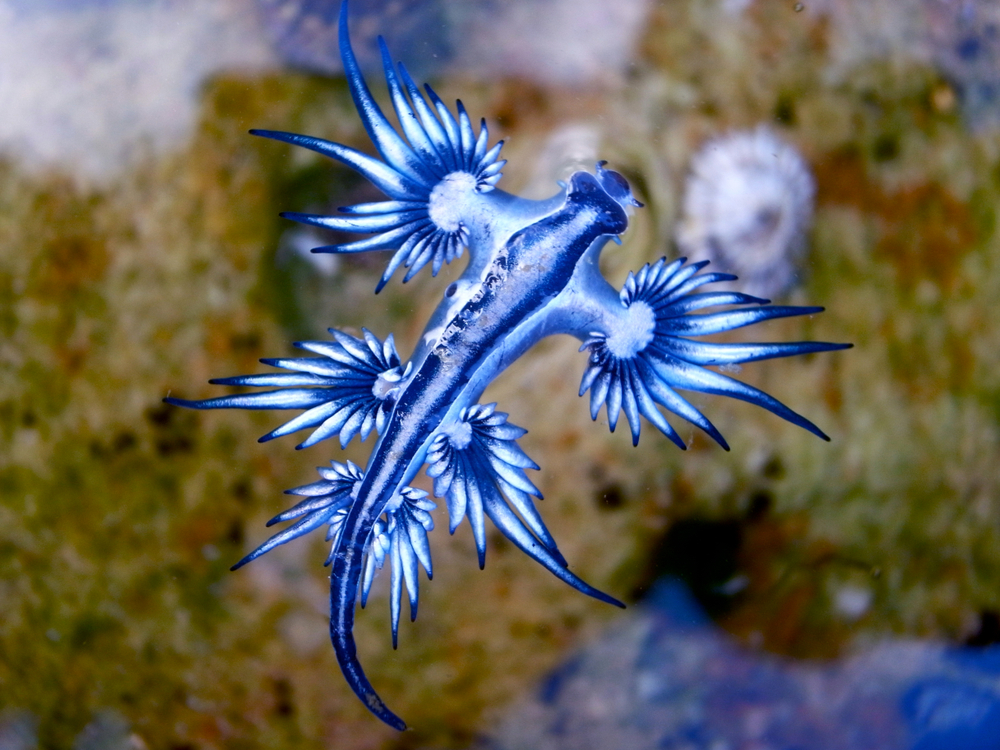
The blue dragon, or Glaucus atlanticus, is as mesmerizing as it is tiny. This striking sea slug, adorned in shades of electric blue and silver, floats on the ocean’s surface with the aid of a gas-filled sac in its stomach. Its vibrant coloration is both a warning and a disguise, camouflaging it against the backdrop of the ocean waves.
Despite their delicate appearance, blue dragons are ferocious predators, feeding on venomous siphonophores like the Portuguese man o’ war. They store the stinging cells from their prey in specialized sacs, using them for their own defense. This remarkable ability has made them a subject of fascination for marine biologists and enthusiasts alike. As we delve into the mysteries of the deep ocean, blue dragons remind us of the breathtaking beauty and complexity that lie beneath the surface.
13. Aye-Aye: The Eerie Night Forager
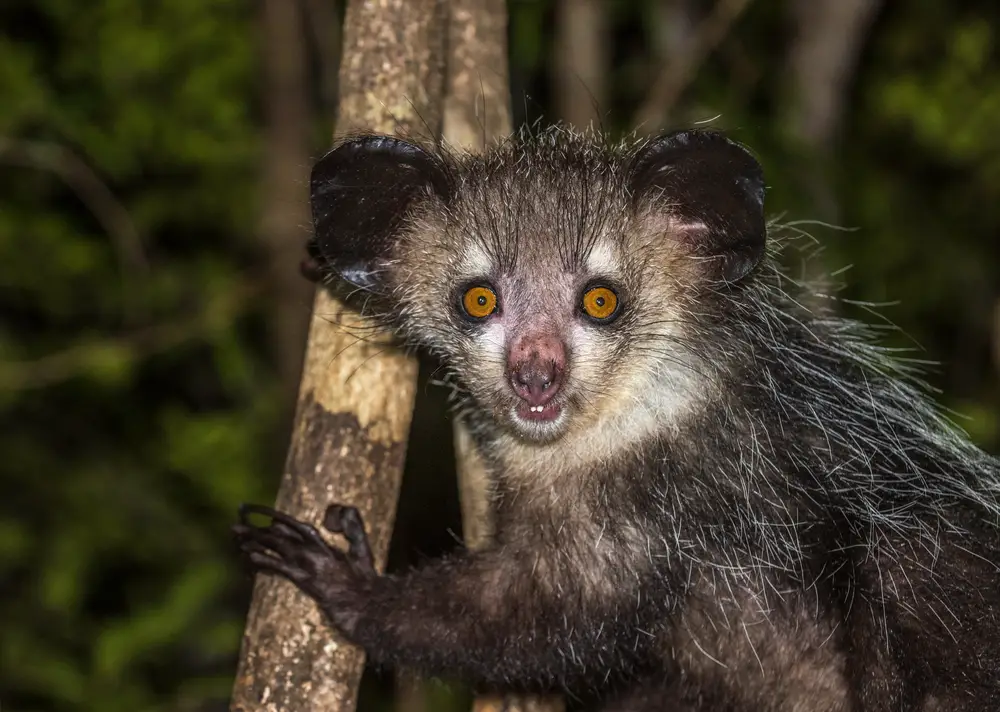
The aye-aye is a lemur that could easily be mistaken for a creature from a horror film, with its large eyes, elongated fingers, and nocturnal habits. Native to Madagascar, the aye-aye is the world’s largest nocturnal primate and employs a unique foraging technique called percussive foraging. Using its specialized middle finger, it taps on wood to locate insects, then gnaws holes with its teeth to extract its prey.
Despite its bizarre appearance, the aye-aye is an essential part of Madagascar’s biodiversity, contributing to insect population control. However, local superstitions have historically labeled it as a harbinger of bad luck, leading to its persecution. Conservation efforts are vital to protect these misunderstood primates from extinction. The aye-aye serves as a testament to the incredible evolutionary adaptations that emerge in isolated environments.
14. Immortal Jellyfish: The Timeless Wonder
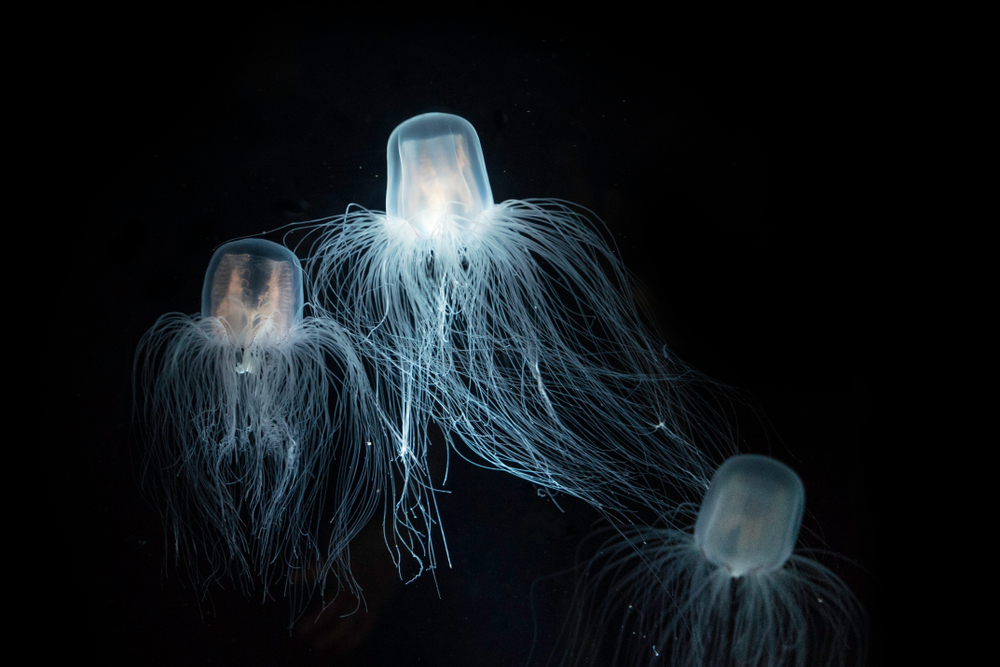
The immortal jellyfish, Turritopsis dohrnii, defies the natural order by reverting its cells back to their earliest form, essentially resetting its life cycle. Found in oceans around the world, this small, transparent jellyfish holds the secret to biological immortality. When faced with environmental stress or physical harm, the immortal jellyfish transforms its cells, reverting to its polyp stage and starting its life cycle anew.
This incredible regenerative ability has captivated scientists who hope to unlock the secrets of cellular reprogramming. While not truly immortal—since they can still be eaten or die from disease—the jellyfish’s ability to cheat death raises intriguing questions about longevity and cellular repair. As researchers continue to unravel the mysteries of this timeless wonder, the immortal jellyfish may offer insights into age-defying possibilities for other organisms, including humans.
15. Quokka: The World’s Happiest Animal
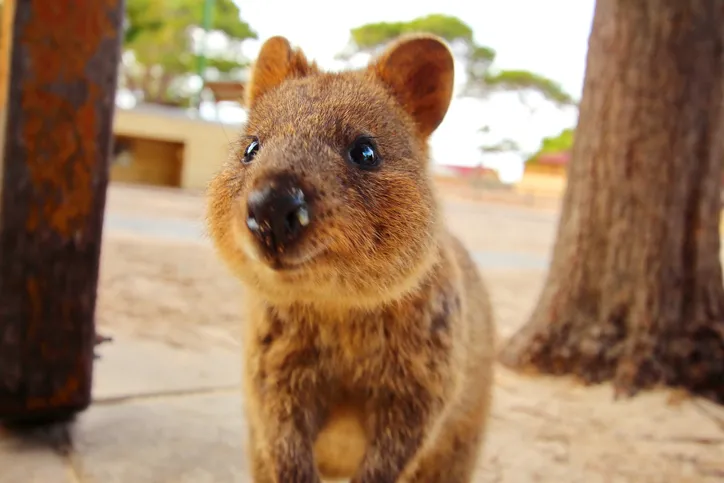
If there’s a creature that embodies pure joy, it’s the quokka. These small marsupials, native to Australia, have become famous for their seemingly perpetual “smiles,” endearing them to animal lovers worldwide. Quokkas are social creatures that inhabit islands off the Western Australian coast and are known for their friendly demeanor.
Despite their cheerful appearance, quokkas face threats from habitat loss and introduced predators, making conservation efforts crucial for their survival. Tourism has provided both opportunities and challenges, as increased human interaction requires careful management to protect these charming creatures. The quokka’s infectious happiness serves as a reminder of the importance of preserving natural habitats, and their survival depends on our collective efforts to safeguard our planet’s biodiversity.
